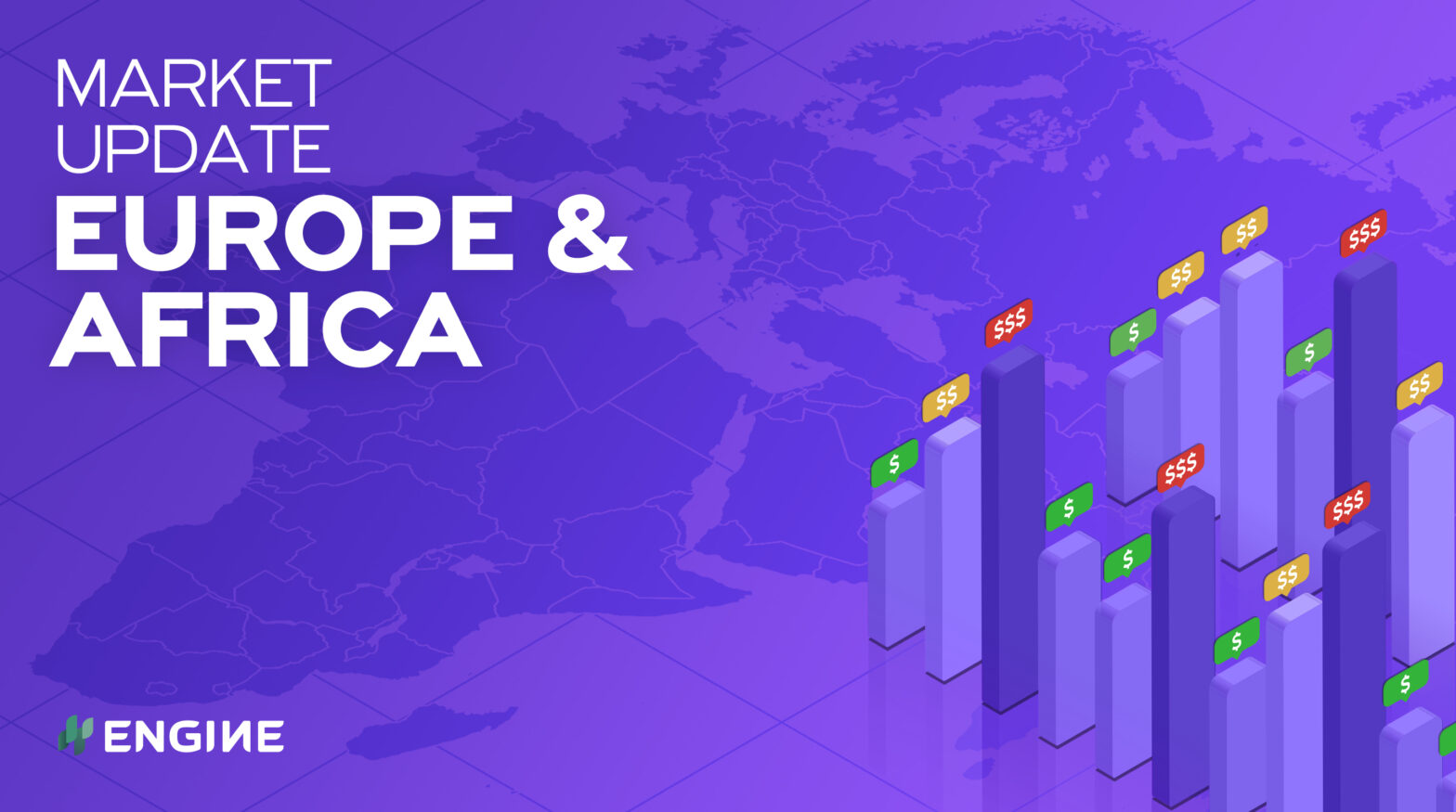Bunker prices are mostly rangebound across European and African bunker hubs as they resist some of Brent’s upward push, while other prices have been pulled down by lower-priced stems.
Changes on the day to 08.00 GMT today:
- VLSFO prices up in Rotterdam ($1/mt), steady in Gibraltar, and down in Durban ($16/mt)
- LSMGO prices up in Rotterdam ($1/mt), steady in Durban, and down in Gibraltar ($9/mt)
- HSFO prices up in Rotterdam ($7/mt), and down in Gibraltar ($2/mt)
Bunker congestion has increased again in Gibraltar, with four vessels lined up to bunker with a supplier this morning, and one vessel waiting to debunker, port agent MH Bland says.
Some bunker deliveries across Gibraltar Strait and Las Palmas anchorages were disrupted by high swells earlier this week, but conditions are more conducive to bunkering now.
A supplier is backlogged by around half a day in Gibraltar, and a supplier by around a day in Las Palmas.
Lower-priced stems have weighed on Gibraltar’s HSFO380 and LSMGO prices in the past day, while its VLSFO price has held steady.
VLSFO prices are at parity between Gibraltar, Algeciras and Las Palmas. Ceuta’s price is at a slight $2-3/mt premium over these ports.
Malta’s indicative VLSFO prices have been in a wide range, with certain higher price points adding upward pressure to the benchmark and pushing it above Gibraltar Strait and Canary Islands prices. At the lower end of its price range Malta can still be competitive.
Port Elizabeth and the adjacent Algoa Bay anchorage continue to price LSMGO, and especially VLSFO, considerably higher than other South African ports. A 500-1,500 mt VLSFO stem was fixed in Port Elizabeth at a price that was over $50/mt higher than a similar stem Durban.
Algoa Bay has had several bouts of winds and heavy swells halting bunkering over the past two weeks, delaying some deliveries. Seas are calmer today, but swells are forecast to pick up again from Sunday.
Brent
Front-month ICE Brent continues to reach higher and has added $1.08/bbl in the past day, to stand at $77.36/bbl at 08.00 GMT.
That is the first time since early July it has made it above the $77/bbl mark. The futures contract is on track for a weekly gain of $2/bbl, having found additional support from lingering production disruptions in the Gulf of Mexico, with another big weekly US crude stock draw as a result.
According to the latest figure from the Bureau of Safety and Environmental Enforcement, 16% of offshore crude production capacity in the Gulf remains shut in, nearly four weeks after platforms and rigs were evacuated. Production has gradually come back from over 95% of capacity shut in at its peak.
Amid crude resupply constraints, ExxonMobil’s Baton Rouge refinery was granted two rare 1.5 million-bbl crude oil loans from the US Strategic Petroleum Reserve (SPR) in the immediate wake of Ida.
China has also tapped into its state oil reserves to meet refinery demand, auctioning off 4.43 million bbls of crude divided into four cargoes to PetroChina and Hengli Petrochemical, Reuters reports.
On the demand side, US refineries have ramped up run rates to meet robust gasoline and distillates demand, after several big Louisiana refineries were hit and damaged by Hurricane Ida.
In the week to 17 September, US refinery utilisation had recovered by over five percentage points to 87%, which included a 10 percentage-point jump in the Gulf Coast region, official figures from the Energy Information Administration (EIA) showed.
